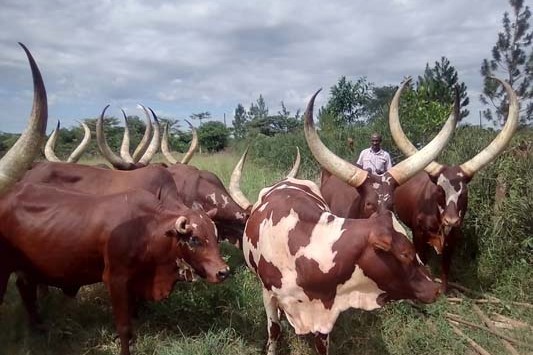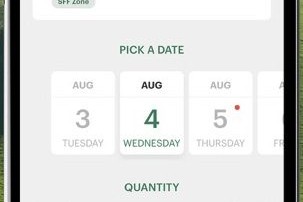By LISA WHITFIELD
Having just come in from calving tangled twins on a local dairy farm, it became clear that twins are generally considered problematic for many dairy farmers.
While some farms love them, and will keep live twin heifers as a novelty in the herd, others don’t keep any twins, to try and reduce the incidence of twinning in the herd.
Twinning is not all that common in dairy cattle – and it seems to vary widely by farm. I have heard reports of up to 10% of a herd having twin calvings. Anecdotally, from farms I have worked with, it seems that the number would probably sit between 1 and 2% of calvings each year.
There is no readily available data on twinning rates for the New Zealand dairy herd. I have seen the amount of extra work it can create in springtime when there are more calves born than cows which have obviously calved.
Going through the springer mob with a fine tooth comb to make sure a cow isn’t missed adds a lot of time to days which are already full. If you are lucky, you have enough breed variations and good records, which allow you to narrow down the pool of cows a mystery calf could have come from. I don’t envy people with purebred herds having to figure out which cow had twins.
Twins also makes the dam more likely to have calving trouble, and reproductive problems post-calving.
The most common problem calving presentations I see when twins are involved is the first calf being in breech position so needing assistance, or the calves being tangled up with each other. Did you know that with the right timing and the right ultrasound machine, twins can be identified relatively easily at scanning? It does take a few extra seconds per cow to check at scanning, but even if not all twins are identified, it is useful to know of as many as possible and may save a headache or two if you know which cows definitely have twins when it comes around to calving time. The ideal time to identify twins is when a pregnancy is less than 90 days old. The use of a curvilinear scanner by the person scanning also improves the likelihood, as this gives a deeper and wider field of view into the uterus (22cm), compared to the traditional linear scanners used (12-15cm).
Freemartins are one of the big headaches associated with twins it seems. A freemartin refers to the female twin which is born to the same pregnancy as a male calf. In over 90% of cases these female calves are infertile.
Shared blood supply between the calves results in abnormal development of the reproductive organs, primarily of the female calf. Many people keep freemartins for the freezer, however, when freemartins are unknowingly reared, you can end up with more empty heifers than you expect after breeding. With the discontinuation of genetic freemartin testing by LIC, the alternative is based on physical examination, which is less reliable, but at the same time good to be aware of.
FOR YOUNG FEMALE CALVES WHICH YOU SUSPECT MAY BE TWIN CALVES TO A MALE, YOU CAN EXAMINE THE EXTERNAL GENITALIA.
- The blood tube test (this test has many names). A 10ml blood tube is lubricated and passed through the vulva. If the tube does not pass more than 7cm in, the calf is likely to be a freemartin.
- Freemartins usually have an abnormally large clitoris compared to normal heifers.
FOR OLDER HEIFERS: THEY WILL NOT GET PREGNANT
- On rectal examination, freemartin heifers have a characteristically triangular shape to the internal pelvis, and a prominent pubic symphysis, similar to a steer
- They may have a body shape more like a steer
- If you are synchronising your heifers, you will not be able to pass the intravaginal progesterone-releasing device in very far, compared to normal heifers
- At pregnancy scanning, it is typically hard to find the uterus and ovaries as they will be very small and underdeveloped.
- Lisa Whitfield is a Manawatu veterinarian with Lisa Whitfield Farm Vet Services, Palmerston North.





